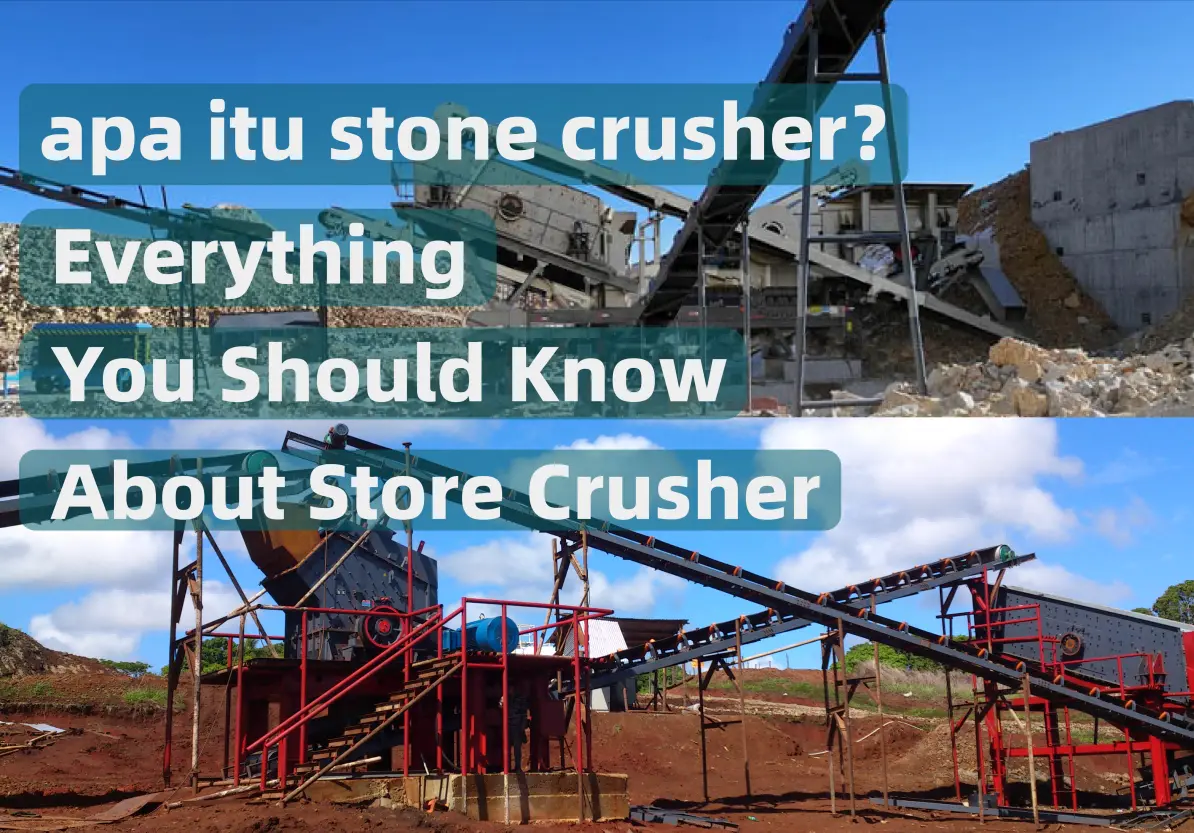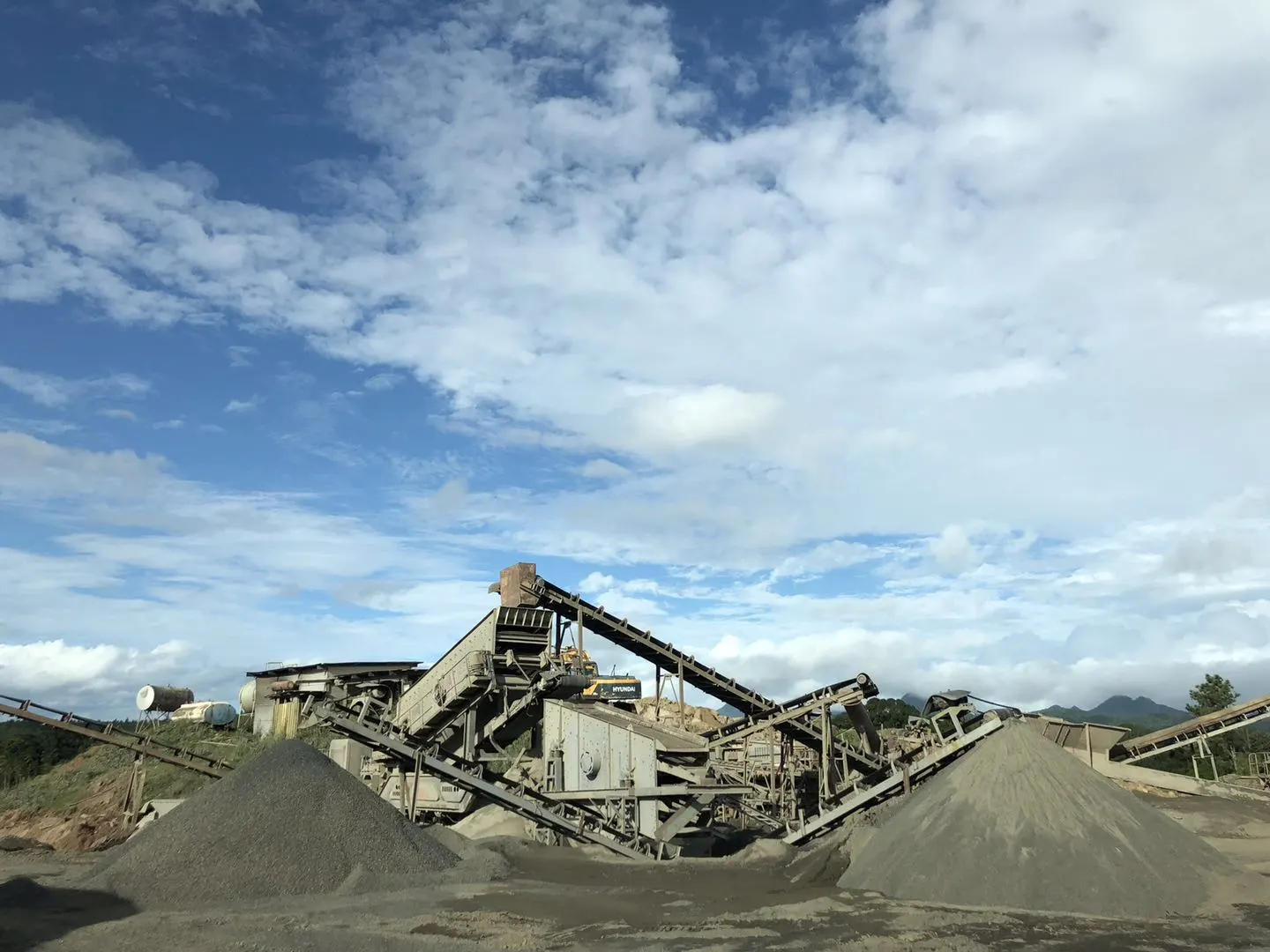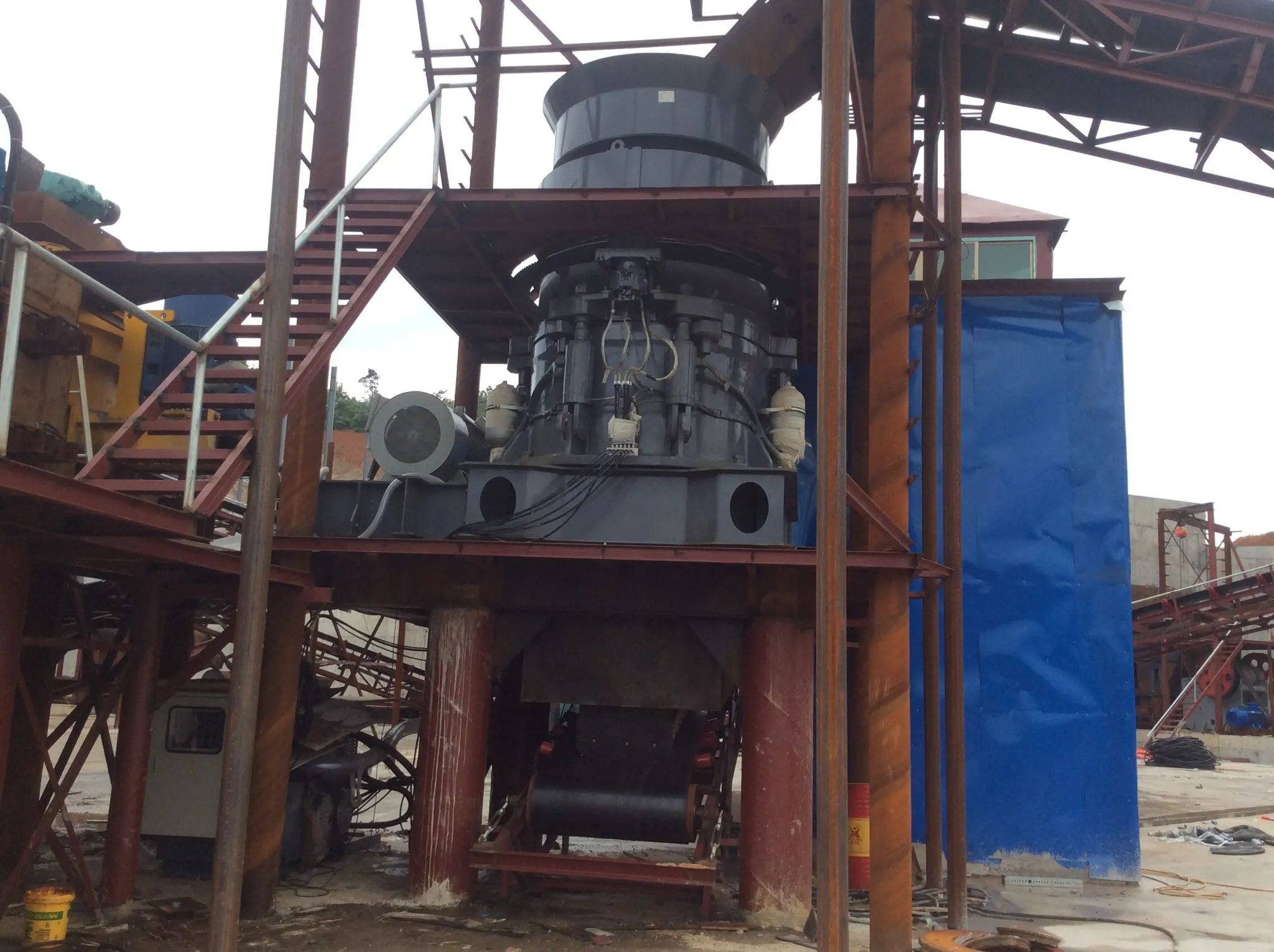
A stone crusher is a heavy-duty machine designed to break down large rocks into smaller, more manageable sizes for various industrial purposes, including construction, mining, and road work. These crushers are essential in a wide range of industries, particularly in quarries where large rocks are extracted and processed into aggregates used in building materials and infrastructure projects. The crushing process involves reducing large stones into smaller, more usable materials, which are then used for construction, roadwork, or even for producing fine aggregates for concrete.
The types of stone crushers commonly used in quarries include jaw crushers, cone crushers, impact crushers, and hammer crushers. Each of these crushers operates using different principles and is suited to particular types of material and project requirements.
Jaw Crusher: Operates through compression, where the material is squeezed between two plates – one fixed and one moving – to break down large rocks into smaller pieces.
Cone Crusher: Uses a rotating cone inside a concave surface to reduce rock size. The material is crushed as it moves downward, providing a finer, more uniform output.
Impact Crusher: Relies on high-speed impacts to break down rocks. This type of crusher is particularly efficient for processing soft to medium-hard materials.
Hammer Crusher: Uses a series of hammers rotating at high speed to crush the material. It is most effective for materials that are not too hard and need quick, coarse crushing.

In a split rock quarry, the process of breaking down rocks involves several stages, with the stone crusher playing a key role in the reduction of large rocks into smaller fragments. When raw material is extracted from a quarry, it is usually in the form of large rocks or boulders. These large stones must be broken down into smaller pieces before they can be used in construction or further processing. This is where stone crushers come into play.
The crusher applies mechanical force to break the larger rocks. Depending on the type of crusher used, it might rely on compression (as with a jaw crusher), impact (as with an impact crusher), or a combination of both. This process is known as size reduction, which allows for more efficient handling and transportation of the material, ultimately making it suitable for a variety of uses.
The specific working mechanism of a split rock quarry stone crusher is based on the material's hardness, size, and desired output. For example, jaw crushers are often used in the primary crushing stage to break down the largest rocks into more manageable sizes, while secondary crushers like cone or impact crushers refine the material further, producing more uniform sizes.
Stone crushers play an indispensable role in quarries, particularly in handling split rock. A split rock refers to large chunks of rock that have been fractured for processing but require further reduction in size before they can be used. Crushers are essential in converting these large fragments into more usable forms, such as gravel, sand, or fine aggregates.
The split rock quarry stone crushing process step-by-step involves several stages:
This multi-stage crushing process ensures that the material meets the required specifications for various industries, ensuring a reliable and consistent output for construction, road work, and other applications.
When selecting a stone crusher for use in a quarry, several factors must be considered, including the nature of the material to be processed, the desired final product, and the efficiency of the machine. The three main types of crushers used in quarries are jaw crushers, cone crushers, and impact crushers. Each of these types has distinct advantages and is suited to different material types and processing needs.
Jaw Crusher: Best suited for primary crushing, jaw crushers are highly efficient at breaking down large, tough materials into smaller pieces. These machines are ideal for coarse crushing and are commonly used to process hard and abrasive materials.
Cone Crusher: Used for secondary and tertiary crushing, cone crushers are highly effective at producing uniform material and can handle medium to fine crushing. They are often used for processing harder materials such as granite and basalt.
Impact Crusher: Ideal for soft to medium-hard materials, impact crushers utilize high-speed impacts to break down rock. They are often used when the goal is to produce fine aggregates, especially when high production rates are required.
When comparing jaw crusher vs cone crusher for split rock quarries, it’s essential to evaluate the type of material and the size of the final product. For example, if large, coarse materials need to be processed, a jaw crusher is likely the best choice. However, for finer material with a more uniform output, a cone crusher would be more suitable.

Regular maintenance and adherence to safety protocols are essential for ensuring that stone crushers operate efficiently and safely. Proper maintenance helps extend the lifespan of the machinery and minimizes downtime, which can be costly for a quarry operation.
Key maintenance tasks include:
In addition to maintenance, safety is a critical consideration in quarry operations. Safety protocols for operating stone crushers in quarries include:
By following these protocols, quarries can ensure the safe and efficient operation of their stone crushers, reducing downtime and improving productivity.
Investing in a stone crusher for a quarry represents a significant upfront cost, but the benefits often outweigh the initial investment. Analyzing the costs and potential returns is essential for any quarry owner considering purchasing a new machine.
Initial Investment: The cost of purchasing a stone crusher can vary widely depending on the size and type of machine. Larger, more sophisticated machines with higher throughput capacity are more expensive, but they often offer better long-term returns.
Operational Costs: Running a stone crusher involves energy costs, maintenance, and labor. Efficient crushers help reduce operational costs by processing material quickly and requiring fewer repairs.
Return on Investment (ROI): By improving production efficiency, crushers can help quarries generate more revenue in less time. The ROI can also be affected by factors like material type, processing speed, and market demand for aggregates.
In the long run, investing in the right stone crusher can significantly increase productivity and profitability, especially when the machinery is properly maintained and operated.
The stone crusher industry is evolving with technological advancements aimed at improving efficiency, reducing environmental impact, and meeting new regulatory standards. Emerging trends include:
In conclusion, the stone crusher is a vital piece of equipment in the quarrying industry, facilitating the processing of raw materials into smaller, usable sizes for construction and other applications. Choosing the right crusher depends on several factors, including the type of material, desired output size, and operational efficiency. By understanding the different types of crushers available, as well as their maintenance and safety requirements, quarry owners can ensure that their operations run smoothly and profitably. With continued advancements in technology, the future of stone crushers is poised for further efficiency improvements, helping meet the increasing demand for high-quality aggregates in construction.